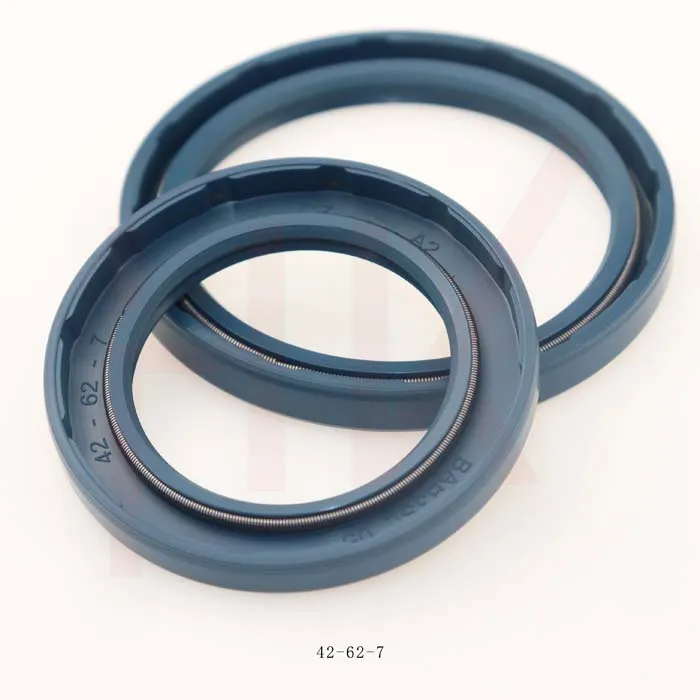Sep . 14, 2024 21:55 Back to list
hub grease seal
Understanding Hub Grease Seals Importance and Functionality
Hub grease seals play a crucial role in maintaining the functionality and longevity of various machinery, particularly in automotive and industrial applications. These seals are designed to prevent grease from leaking out of the hub assembly, while simultaneously keeping contaminants such as dirt, water, and debris from entering. This dual function is essential for ensuring that the bearings and other critical components within the hub remain lubricated and protected.
The Composition of Hub Grease Seals
Hub grease seals are typically made from materials that provide both flexibility and durability. Common materials include rubber, silicone, and sometimes polymer blends that enhance their strength and resistance to wear and tear. The design of these seals often includes a metal casing that adds structural integrity while ensuring a snug fit within the hub assembly.
The Importance of Lubrication
Proper lubrication is vital for the smooth operation of any rotating machinery. Bearings, which support the rotating shafts, rely heavily on a well-maintained lubricant to reduce friction. Without adequate lubrication, metal components can wear down quickly, leading to increased operational noise, overheating, or even catastrophic failure. Hub grease seals help by ensuring that grease stays contained while preventing external elements that can compromise grease quality from infiltrating the assembly.
How Grease Seals Work
hub grease seal

Hub grease seals function through a simple yet effective mechanism. When the hub is assembled, the grease is packed inside, and the seal is positioned at the point where the hub meets the axle or shaft. The internal lip of the seal presses against the rotating shaft, creating a barrier that holds the grease in place while resisting contaminants. It’s important to regularly inspect these seals during maintenance checks, as wear and tear can reduce their effectiveness over time.
Signs of Seal Failure
Recognizing the signs of hub grease seal failure is crucial for preventing larger mechanical issues. Some common indicators include visible grease leaks around the hub, unusual noises from the bearing, or signs of rust and corrosion on wheel axles. If any of these symptoms are observed, it’s advisable to address the issue immediately to avoid further damage and ensure safe operation.
Maintenance Tips
Maintaining hub grease seals involves a few straightforward practices. First, regular inspections should be part of any maintenance schedule. If a seal shows signs of wear, it should be replaced promptly. Additionally, ensuring that the grease used is appropriate for the specific application can help prolong the life of both the seals and the components they protect. It’s often recommended to consult the manufacturer's guidelines for specific lubrication requirements.
Conclusion
In summary, hub grease seals are vital components that serve to enhance the reliability and efficiency of machinery by maintaining lubrication and preventing contamination. Understanding their function and taking proactive measures regarding their maintenance can significantly impact the performance and longevity of vehicles and industrial equipment. By prioritizing the condition of hub grease seals, operators can avoid costly repairs and ensure smooth operational integrity.
-
TCN Oil Seal Metal Ring Reinforcement for Heavy Machinery
NewsJul.25,2025
-
Rotary Lip Seal Spring-Loaded Design for High-Speed Applications
NewsJul.25,2025
-
Hydraulic Cylinder Seals Polyurethane Material for High-Impact Jobs
NewsJul.25,2025
-
High Pressure Oil Seal Polyurethane Coating Wear Resistance
NewsJul.25,2025
-
Dust Proof Seal Double Lip Design for Construction Equipment
NewsJul.25,2025
-
Hub Seal Polyurethane Wear Resistance in Agricultural Vehicles
NewsJul.25,2025
-
The Trans-formative Journey of Wheel Hub Oil Seals
NewsJun.06,2025
Products categories
















